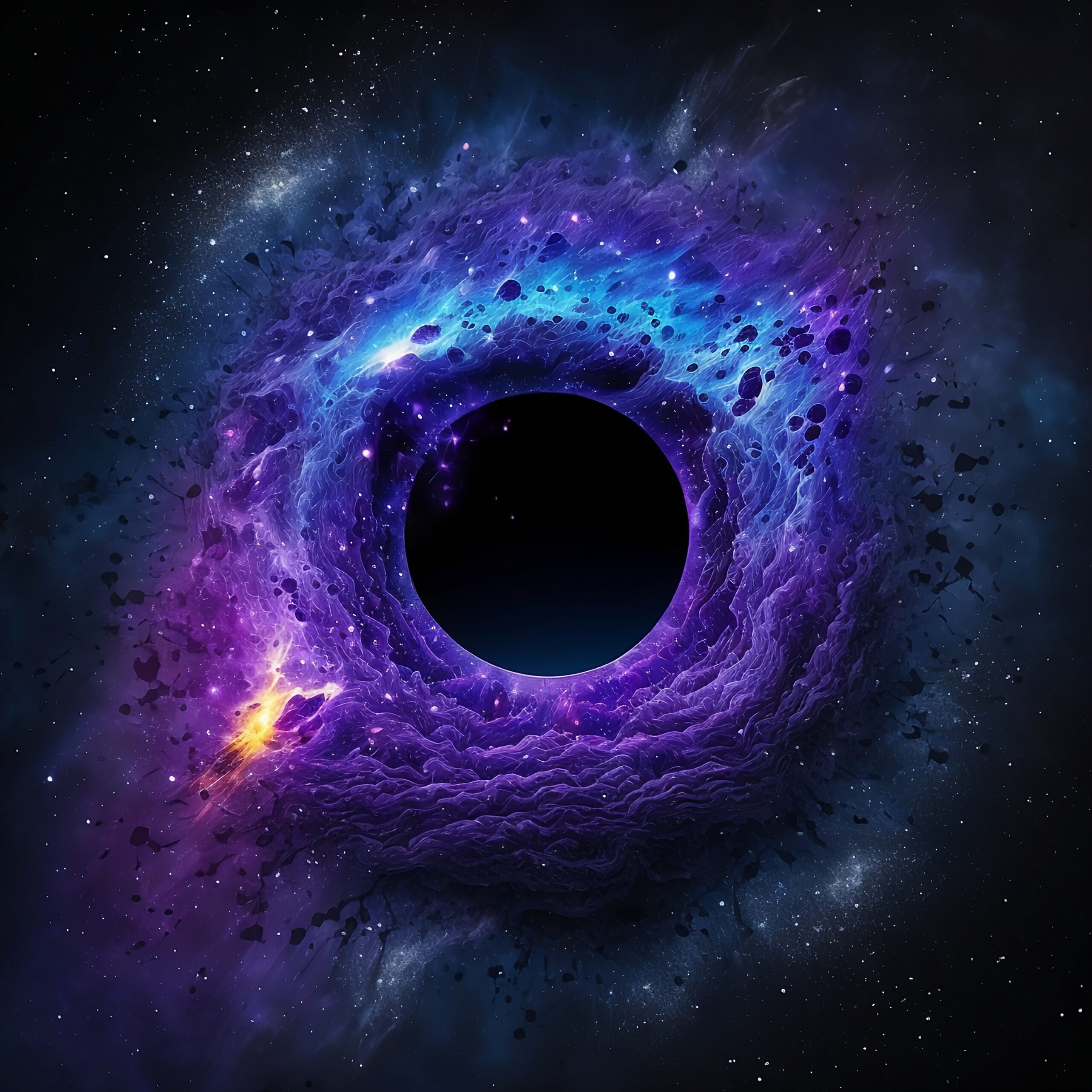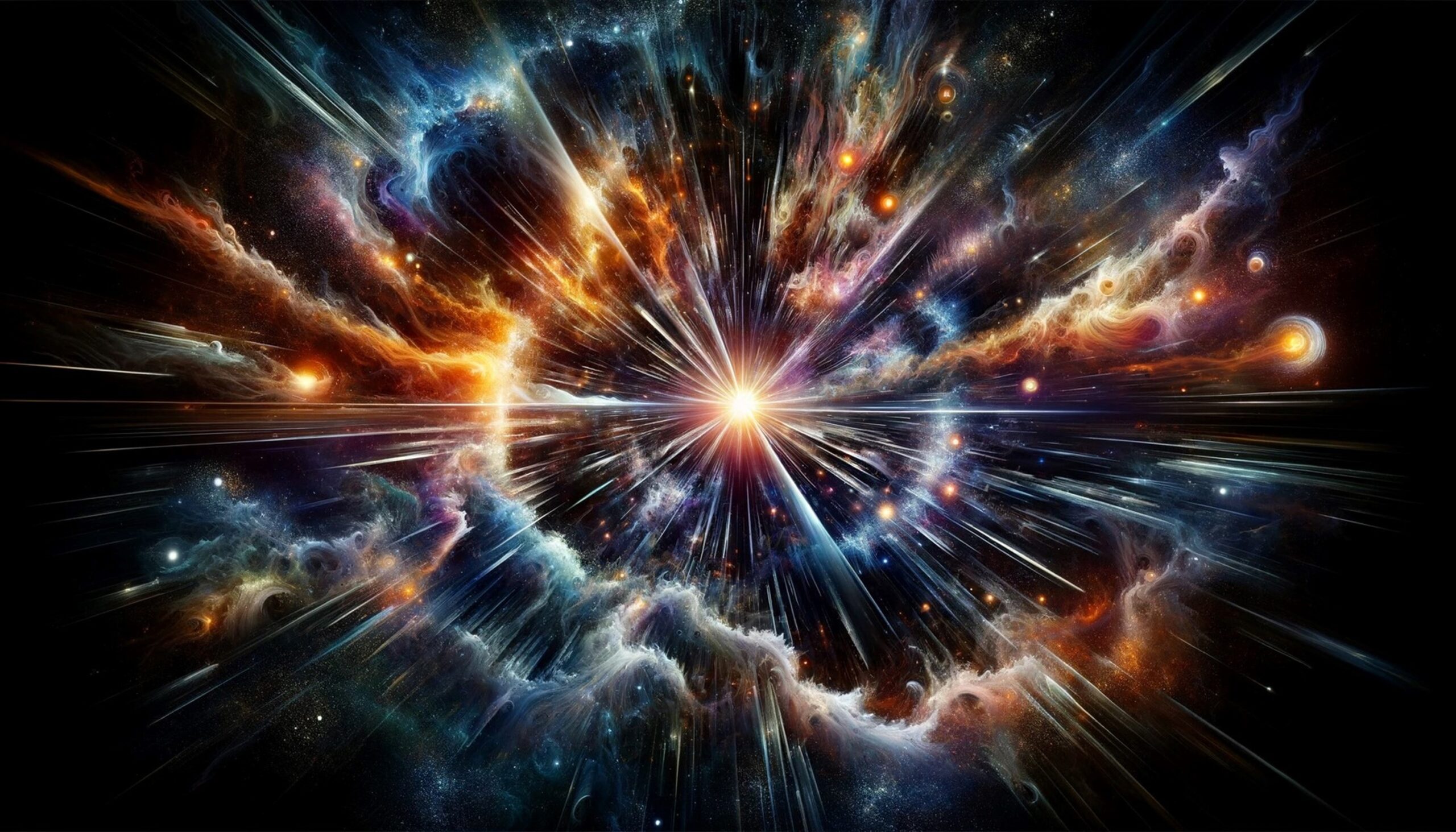Introduction
The James Webb Space Telescope (JWST) has recently discovered small, bright objects from the early universe, which excite scientists and spark curiosity. These findings are important because they challenge our current knowledge of how galaxies form and change, especially in the universe’s early stages.
This blog explores a key question: What are these mysterious objects, and what can they tell us about the beginning of our universe? By looking into this, we hope to better understand their role in changing our view of cosmic history.
Discovery of the Bright Objects
The James Webb Space Telescope (JWST) has changed how we understand the early universe by finding surprisingly bright and small objects from its earliest times. These tiny but glowing objects, located billions of light-years away, look like bright red spots because their light gets stretched to longer wavelengths as it travels through the expanding universe, a phenomenon called cosmic redshift.
Astronomers have called these objects “cosmic rubies” because of their bright red colors and amazing brightness. Even though they are small—sometimes as small or smaller than modern galaxies—they shine as brightly as much larger galaxies.
Researchers think these objects might be very early galaxies or groups of stars that formed soon after the Big Bang. However, their unusual brightness and small size challenge current theories about how galaxies form, leaving scientists puzzled and eager to learn more about them.
Theories About Their Nature
The discovery of these “cosmic rubies” has led scientists to explore several theories to explain what they might be, each offering new insights into how the early universe developed.
Star Formation: Rapidly Forming Star Clusters
One possibility is that these objects are groups of stars forming very quickly. In the early universe, the environment was full of gas, which made it easy for gas clouds to collapse and trigger bursts of star formation. This could explain why the objects are both bright and small.
Black Holes: Luminous Accretion Disks
Another idea is that the brightness comes from material falling into supermassive black holes. As gas and dust spiral into these black holes, they create hot, glowing disks of material that shine very brightly. This could explain the objects’ brightness and small size.
The Role of Dense Conditions
In the early universe, galaxies and stars were forming much faster than they are today. High amounts of gas and dark matter created strong gravity, which could squeeze material into small areas, encouraging star formation and helping black holes grow. This environment could explain the existence of such strange objects.
These theories offer interesting possibilities about how the universe began. However, more research is needed to figure out if these objects are star clusters, active black holes, or something else entirely.
Why Are They Important?
The discovery of these small, bright objects is changing how we understand galaxy evolution and the early universe. They offer important insights that challenge and improve our current scientific models.
Challenging Models of Galaxy Formation
These objects go against what current models of galaxy evolution predicted. Their bright light and small size suggest that star formation and galaxy building in the early universe may have happened much faster than we thought. This makes scientists rethink how galaxies grew and what processes made this rapid development possible.
Refining Cosmological Models
These objects give us new information to improve models of the universe’s growth. By studying how galaxies formed so soon after the Big Bang, we can better understand the relationship between ordinary matter, dark matter, and dark energy. Learning when and how stars first formed helps scientists make more accurate models of how the universe expanded and took shape.
Probing Dark Matter and Energy
How these objects cluster and spread out gives us clues about the role of dark matter in shaping the universe. Since dark matter affects how galaxies form, these observations help test theories about it. Additionally, understanding how these galaxies formed with dark energy—responsible for the universe’s faster expansion—helps us learn more about the forces driving cosmic evolution.
By studying these mysterious objects, astronomers can better understand the early universe, its makeup, and the processes that shaped the cosmos we see today.
Conclusion
The discovery of small, bright objects in the early universe by the James Webb Space Telescope has opened a new chapter in our understanding of the cosmos. These “cosmic rubies” challenge current theories about galaxy formation, making scientists wonder if they are rapidly forming star clusters, glowing disks around black holes, or something completely new. Their importance lies in their ability to improve our cosmological models, give us insights into dark matter and energy, and change how we think about the universe’s beginnings.
Ongoing exploration is key to unlocking the mysteries these objects hold. Each new discovery answers some questions but also raises new ones, pushing humanity further in its search for knowledge.
As we continue studying these tiny, bright objects, we get closer to uncovering the grand story of the universe—a story written across the vastness of space and time.
Share the knowledge with

